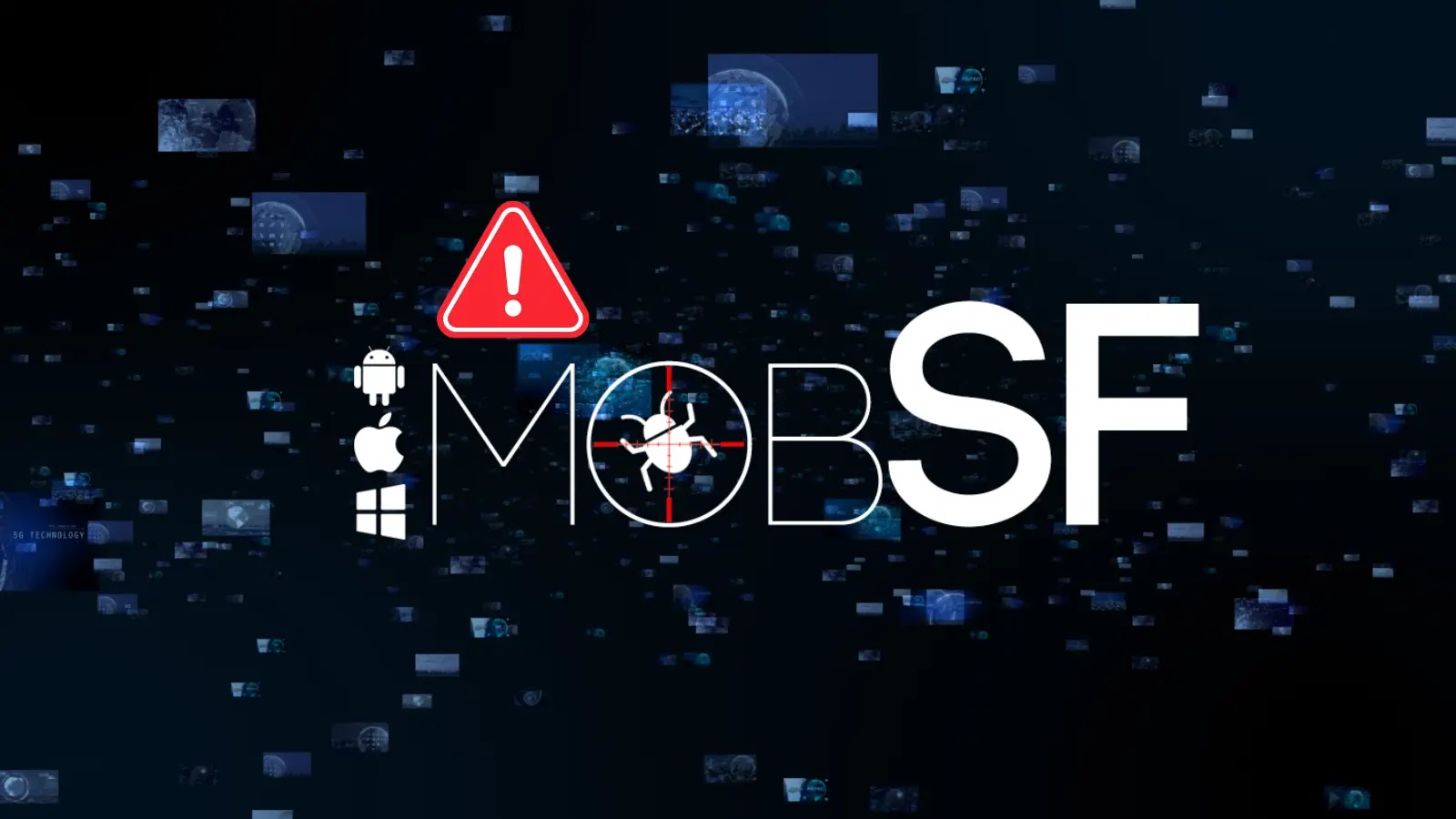
MobSF Security Testing Tool Vulnerability Let Attackers Upload Malicious Files
Critical Flaw in MobSF: Attackers Exploit Vulnerability to Upload Malicious Files
The integrity of security testing tools is paramount. When vulnerabilities surface within the very applications designed to fortify our defenses, the implications can be severe. A critical flaw has recently been exposed in the Mobile Security Framework (MobSF), a widely used open-source automated mobile application security testing platform. This vulnerability allowed authenticated attackers to upload and execute malicious files, effectively turning a security tool into a potential vector for compromise.
This incident underscores a fundamental principle in cybersecurity: robust sanitization and stringent validation of user-supplied input are non-negotiable, especially when handling file paths and archives. Even in a controlled environment like a security testing framework, the potential for exploitation must be meticulously engineered out.
Understanding the MobSF Vulnerability (CVE-2023-37576)
The vulnerability, tracked as CVE-2023-37576, resides in MobSF version 4.4.0. The core issue stemmed from improper path validation within the framework. Attackers who had already gained authenticated access to a MobSF instance could leverage this flaw. By manipulating file paths during the upload process, they could bypass security checks and introduce arbitrary files into the system, potentially executing them.
This type of vulnerability, often referred to as a path traversal or directory traversal, allows an attacker to access files and directories stored outside the intended root directory. In this specific MobSF context, it escalated to the ability to upload and execute malicious payloads, posing a significant risk to the underlying system where MobSF was running.
Impact of Malicious File Uploads
The implications of an authenticated attacker being able to upload and execute arbitrary files within a security testing environment are far-reaching:
- System Compromise: Execution of malicious code could lead to full compromise of the server hosting MobSF, giving attackers persistent access and control.
- Data Exfiltration: Attackers could potentially exfiltrate sensitive data stored on the server, including source code, analysis results, or even credentials used by MobSF.
- Lateral Movement: A compromised MobSF instance could serve as a pivot point for attackers to move laterally within the network, targeting other systems and services.
- Supply Chain Attack: If the MobSF instance is used as part of a CI/CD pipeline, the vulnerability could be exploited to inject malicious code into build processes, leading to broader supply chain attacks.
Remediation Actions and Best Practices
For organizations utilizing MobSF, immediate action is critical to mitigate the risk posed by CVE-2023-37576:
- Urgent Patching: Upgrade MobSF to version 4.4.1 or later. This version contains the necessary patch to address the improper path validation vulnerability.
- Input Validation: Implement robust input validation at all points where user-supplied file paths or archive contents are handled. This includes strict whitelisting of allowed characters and patterns, and proper sanitization of all input.
- Least Privilege: Ensure that the MobSF instance, and the user running it, operates with the principle of least privilege. Limit file system access only to directories absolutely necessary for its operation.
- Network Segmentation: Isolate development and security testing environments from production networks using strong network segmentation. This limits the blast radius in case of a compromise.
- Regular Security Audits: Conduct regular security audits and penetration tests on all critical security tools and infrastructure to identify and address vulnerabilities proactively.
- Monitor Logs: Implement comprehensive logging and monitoring for all file upload and execution activities within your MobSF environment. Look for unusual file types, sizes, or execution attempts.
Tools for Detection and Mitigation
Leveraging appropriate tools can aid in detecting potential vulnerabilities and enhancing your overall security posture.
| Tool Name | Purpose | Link |
|---|---|---|
| MobSF (Updated) | Mobile application security testing and vulnerability analysis. Essential for patching. | Official MobSF GitHub |
| Static Application Security Testing (SAST) Tools | Analyze source code for vulnerabilities like path traversal before deployment. | OWASP Foundation (General Info) |
| Dynamic Application Security Testing (DAST) Tools | Test applications in runtime for vulnerabilities by simulating attacks. | OWASP DAST Tools |
| File Integrity Monitoring (FIM) | Monitor critical system files for unauthorized changes, including new malicious files. | NIST SP 800-92 (Relevant Principles) |
Key Takeaways and Moving Forward
The MobSF vulnerability serves as a stark reminder that even tools designed to enhance security can harbor flaws. This incident highlights:
- The critical importance of promptly patching security vulnerabilities, especially in tools with elevated privileges or network access.
- The pervasive threat of improper path validation and the need for robust input sanitization across all applications.
- The continuous necessity of a defense-in-depth strategy, where multiple layers of security controls are implemented to mitigate risk.
Staying informed about the latest vulnerabilities and taking proactive steps to secure your software supply chain and testing environments are fundamental practices for any organization committed to maintaining a strong cybersecurity posture.





